
Beyond 2015
No. 4 Vol. LI 2014The report of the Open Working Group of the United Nations General Assembly on Sustainable Development Goals, submitted to the Assembly in August 2014, contained 17 goals with 169 targets covering a broad range of sustainable development issues. In this issue, the UN Chronicle takes a closer look at those proposed Sustainable Development Goals.

Goal 11—Cities Will Play an Important Role in Achieving the SDGs
A vision for cities has never been more important than it is today. More than half of the world's inhabitants live in cities and this migration trend is expected to continue. By 2050 more than two-thirds of the world will be urban dwellers. India alone is expected to double the number of city dwellers by adding 404 million new people to cities over the next 35 years.
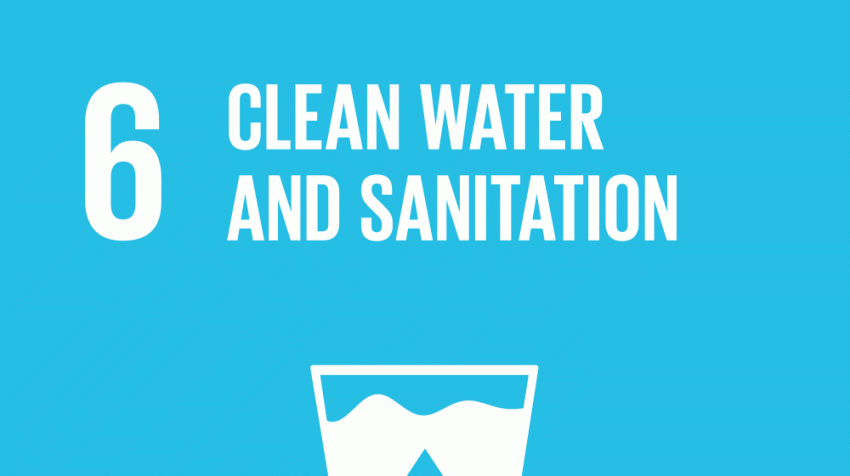
Goal 6—Rising to the Challenge: Enabling Access to Clean and Safe Water Globally
Access to clean, safe and secure water resources is an essential prerequisite for communities to prosper. While access to water and sanitation is often taken for granted in developed countries, this basic right is denied to many across the globe every day.
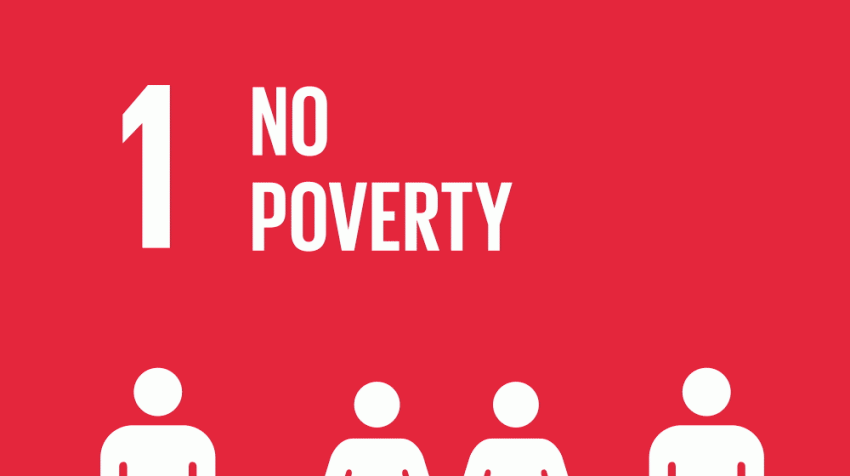
Goal 1—End Poverty in All its Forms Everywhere
If we're going to set a zero goal for global poverty in the post-2015 development agenda, it has to be an absolute goal, and not one set relative to national poverty lines, and the process of setting the new global poverty line should be open, transparent and participatory.

Goal 17—Enabling a Sustainable Future through the Joint Action of Countries and Communities: A Revitalized Global Partnership for Sustainable Development
The Secretary-General has said that 2015 will provide a much needed opportunity to integrate the broader United Nations agenda, with its inextricably linked and mutually interdependent peace and security, development and human rights objectives. Equally important is the willingness to look at the universality of efforts, embracing actions in both rich and poor countries.

Goal 12—Ensuring Sustainable Consumption and Production Patterns: An Essential Requirement for Sustainable Development
Goal 12 of the sustainable development goals (SDGs) proposed by the Open Working Group (OWG) of the General Assembly of the United Nations is aiming at ensuring sustainable consumption and production (SCP) patterns. Why is this an imperative for sustainable development?
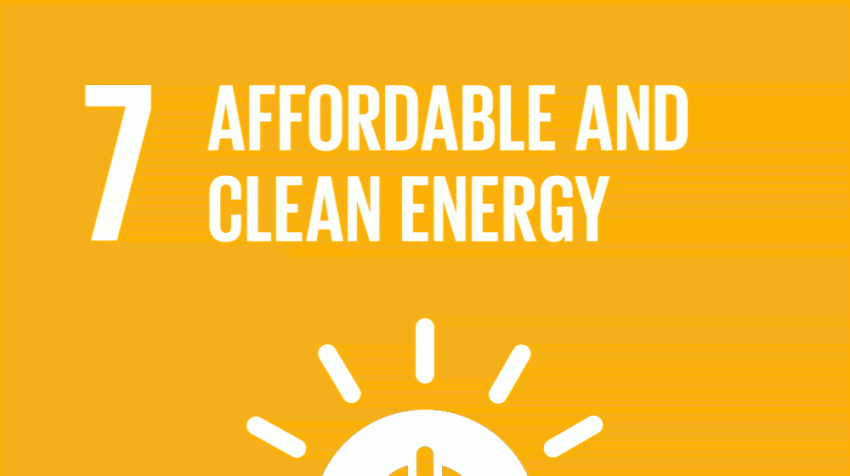
Goal 7—Ensure Access to Affordable, Reliable, Sustainable and Modern Energy for All
The four dimensions of SDG 7 are affordability, reliability, sustainability and modernity. These different dimensions are not mutually exclusive. They overlap, and in some cases even entail each other.
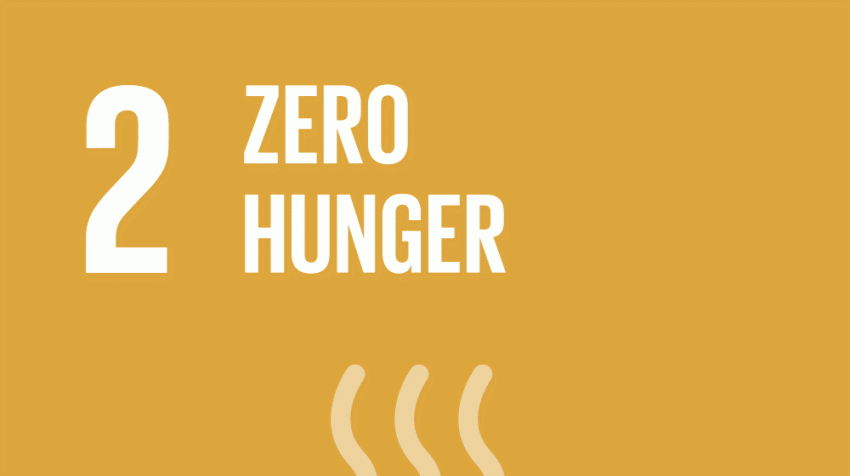
Goal 2—Creating New Paths for Nutrition, Agriculture and Food Systems
Recent trends in industrialization, globalization and commercialization have profound implications for what foods are being produced, the degree to which they are being processed, and how people are consuming them.

Goal 13—Taking Urgent Action to Combat Climate Change—SDGs and the Paris Climate Agreement
Today more people are employed in the renewable energy industry globally than in the oil and gas sectors. In fact, worldwide, an estimated 5.7 million people were employed directly or indirectly in the global renewable energy industry in 2012—a figure that could triple by 2030. Investing in forests or smart agriculture, including organic farming, can also improve environmental sustainability, combat climate change, generate jobs and deliver further support for the SDGs.
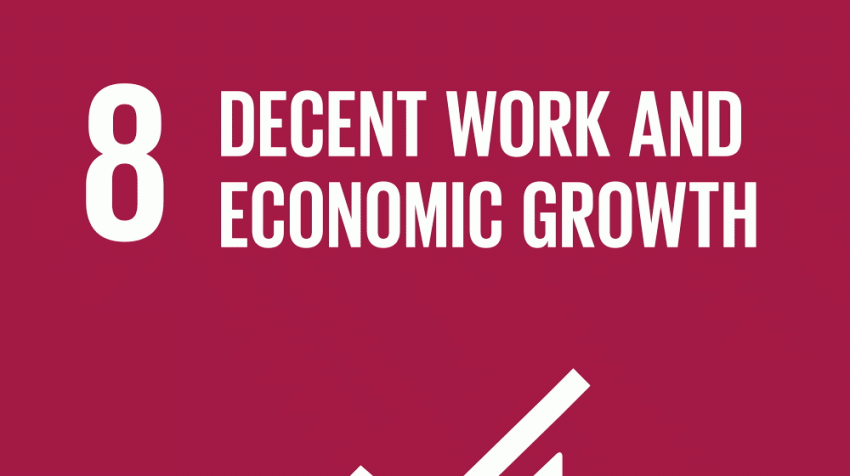
Goal 8—Parsing Goal 8 on Decent Work for All
Goal 8 seeks to promote sustained, inclusive and sustainable economic growth, full and productive employment and decent work for all. With unemployment set to increase over the next five years—over 212 million more people are likely to be out of a job by 2019 and many more trapped in vulnerable and precarious jobs—this goal reflects the concerns of Governments and people all over the world.
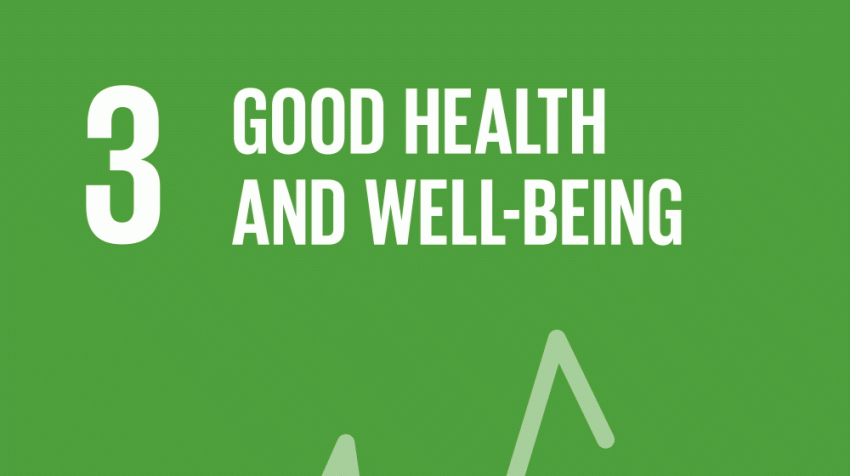
Goal 3—The SDGs and a Healthier 2030
Health is fundamental to human development. All people, regardless of social status, consistently rank good health as a top priority, and healthy people are critical to sustaining societies. It is therefore not surprising that four of the eight Millennium Development Goals (MDGs) directly relate to health.
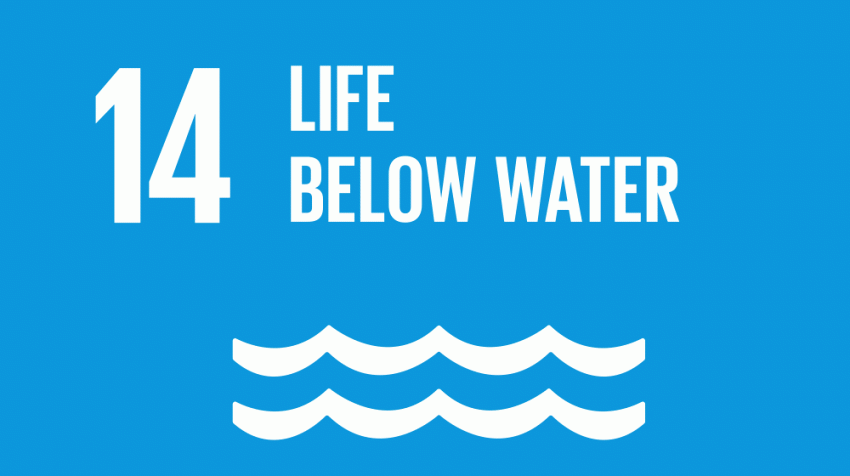
Goal 14—Conserve and Sustainably Use Oceans, Seas and Marine Resources for Sustainable Development
As the General Assembly of the United Nations considers the recommendations of the Open Working Group (OWG) on Sustainable Development Goals (SDGs), it is essential that SDG 14 on oceans, seas and marine resources retains a central place in the post-2015 development agenda.
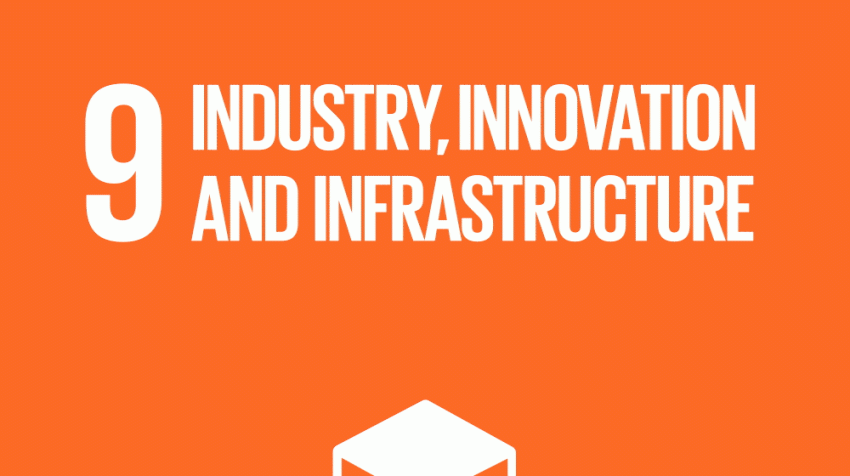
Goal 9—A Sustainable Future of Infrastructure
Many of the proposed sustainable development goals (SDGs) will require solid, functional and sustainable infrastructure if they are to be reached. Reliable forms of energy, the availability of potable water, education, safety and security, social and economic services—all of these are made possible through resilient infrastructure.
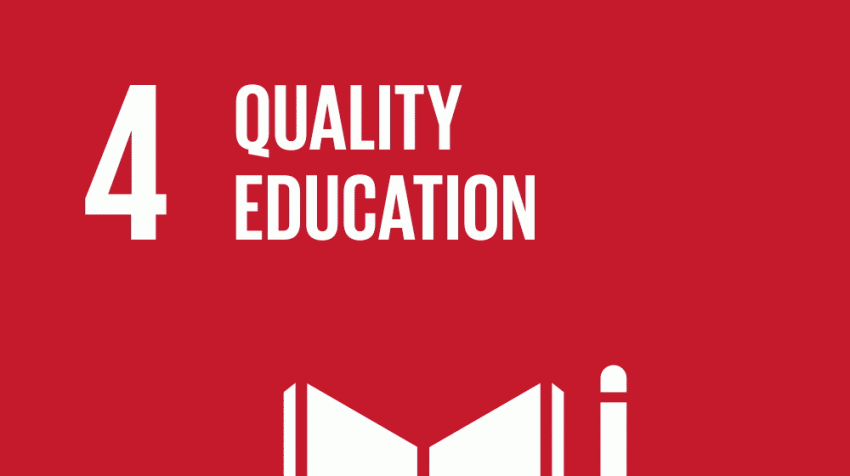
Goal 4—Education in the Post-2015 Sustainable Development Agenda
As the intergovernmental process moves forward at the United Nations in New York and in anticipation of the adoption of the post-2015 development agenda at the Special Summit in September 2015, the international education community is preparing the groundwork to support the operationalization of the future education agenda at the country level.
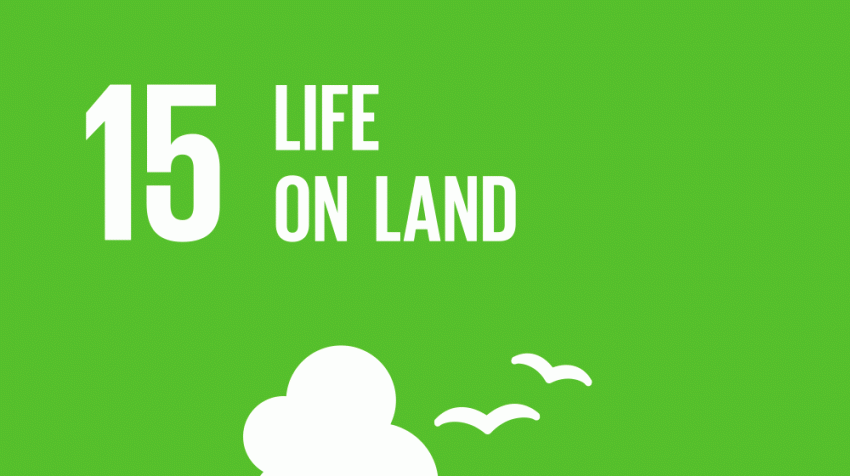
Goal 15—Seeing the Forest for the Trees—Making the Most of Synergies to Achieve SDGs in a Constrained Environment
Tackling deforestation, land degradation, desertification and the protection of biodiversity cannot be treated in isolation: healthy ecosystems are the bedrock of poverty reduction efforts, resilient and productive farming, and water systems that underpin development and growth.

Goal 10—Why Addressing Inequality Matters
Compared to 30 years ago, income inequality has risen in a startling number of countries and is at its highest level in most member countries of the Organisation for Economic Co-operation and Development (OECD) since the end of the Second World War.
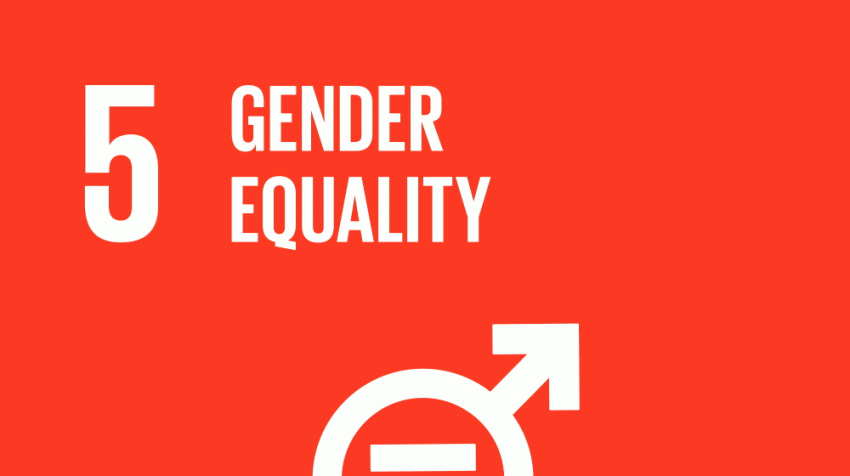
Goal 5—Achieving Gender Equality and Empowering Women and Girls: Is SDG 5 Missing Something?
Nonetheless, despite advances over the MDGs, there is still a worrying limitation to SDG 5: the absence of a clear recognition of the human rights of women and girls. This piece is being written even as the battle over the affirmation of women's human rights and the role of women human rights defenders has been bitterly fought at this year's meeting of the United Nations Commission on the Status of Women (CSW).
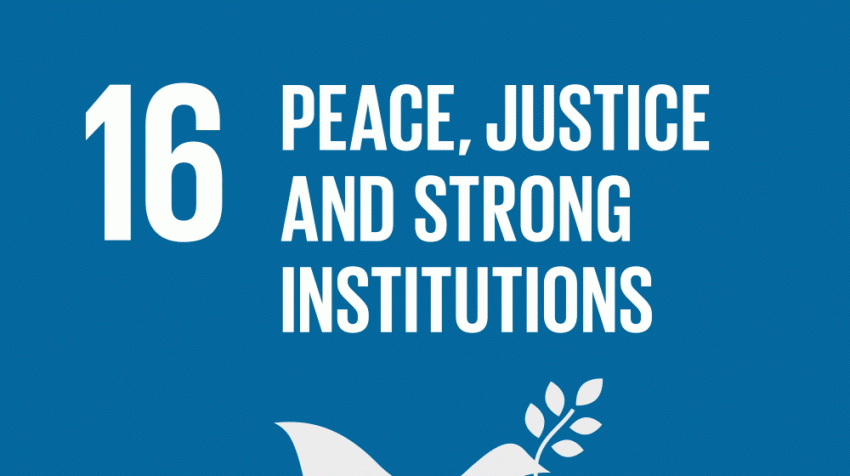
Goal 16—Ensuring Peace in the Post-2015 Framework: Adoption, Implementation and Monitoring
The global debate on what development framework will replace the Millennium Development Goals (MDGs) is nearing its conclusion. After two years of discussions, the post-2015 development agenda is currently being negotiated at the United Nations Headquarters and will be formally adopted at a high-level summit in September 2015.
